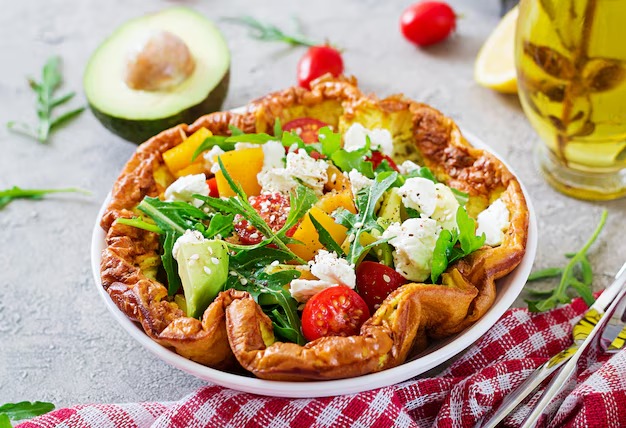The Psychology Behind Food Choices
What we eat is rarely just about hunger. Our food choices are shaped by a complex interplay of emotions, habits, social influences, and even unconscious biases. Understanding the psychology behind these decisions can help us make healthier, more mindful choices—without feeling deprived or overwhelmed.
The Emotional Connection to Food
Food is deeply tied to our emotions. Comfort foods like macaroni and cheese or chocolate chip cookies often evoke nostalgia, offering a temporary escape from stress or sadness. Studies show that people under emotional distress are more likely to reach for high-calorie, high-fat foods as a coping mechanism.
For example, after a difficult day at work, someone might instinctively grab a pint of ice cream—not because they’re hungry, but because the sweetness provides momentary relief. Recognizing these patterns is the first step toward breaking the cycle.
Actionable Tip:
Before reaching for an emotional snack, pause and ask yourself: “Am I eating because I’m hungry, or because I’m feeling something else?” If it’s the latter, try substituting food with another comforting activity, like a short walk or calling a friend.
Social and Cultural Influences
Our food choices are rarely made in isolation. Social settings, traditions, and cultural norms play a significant role. Holiday feasts, family recipes, and peer pressure at restaurants all shape what—and how much—we eat.
Consider how easily people overindulge at parties simply because everyone else is doing so. Or how cultural traditions, like Sunday family dinners, reinforce certain eating habits, whether healthy or not.
Actionable Tip:
When dining socially, decide ahead of time what and how much you’ll eat. Politely declining seconds or choosing smaller portions can help you stay aligned with your goals without feeling left out.
The Power of Habit
Much of what we eat is driven by routine. The morning coffee and pastry, the mid-afternoon candy bar, the late-night chips—these are often automatic behaviors rather than conscious choices.
Habits form through repetition and reinforcement. If you always snack while watching TV, your brain starts associating screen time with eating, regardless of hunger.
Actionable Tip:
Identify one small habit you’d like to change—like evening snacking—and replace it with a healthier alternative. Sipping herbal tea or chewing gum can help break the automatic urge to eat.
Marketing and Environmental Triggers
Food companies spend billions on packaging, placement, and advertising designed to trigger impulse buys. Bright colors, strategic shelf placement, and buzzwords like “homestyle” or “limited edition” exploit psychological biases.
Supermarkets place candy at checkout lines because they know shoppers are more susceptible to cravings when tired or distracted. Even the size of plates and packaging can influence how much we consume.
Actionable Tip:
Shop with a list and stick to it. Avoid aisles filled with processed snacks, and opt for smaller plates at home to naturally reduce portion sizes.
Mindful Eating as a Solution
Mindful eating—paying full attention to the experience of eating—can counteract impulsive or emotional choices. By slowing down and savoring each bite, we become more attuned to hunger and fullness cues.
For instance, someone who eats mindfully may realize they don’t actually enjoy the taste of a greasy fast-food burger as much as they thought, making healthier options more appealing over time.
Actionable Tip:
Try eating one meal a day without distractions—no phone, TV, or computer. Focus on the flavors, textures, and how your body responds. This simple practice can shift your relationship with food.
Final Thoughts
Our food choices are rarely just about nutrition. They’re shaped by emotions, habits, social pressures, and clever marketing. By understanding these psychological factors, we can make more intentional decisions—without guilt or restriction. Small, mindful changes add up, leading to lasting improvements in how we eat and how we feel.



